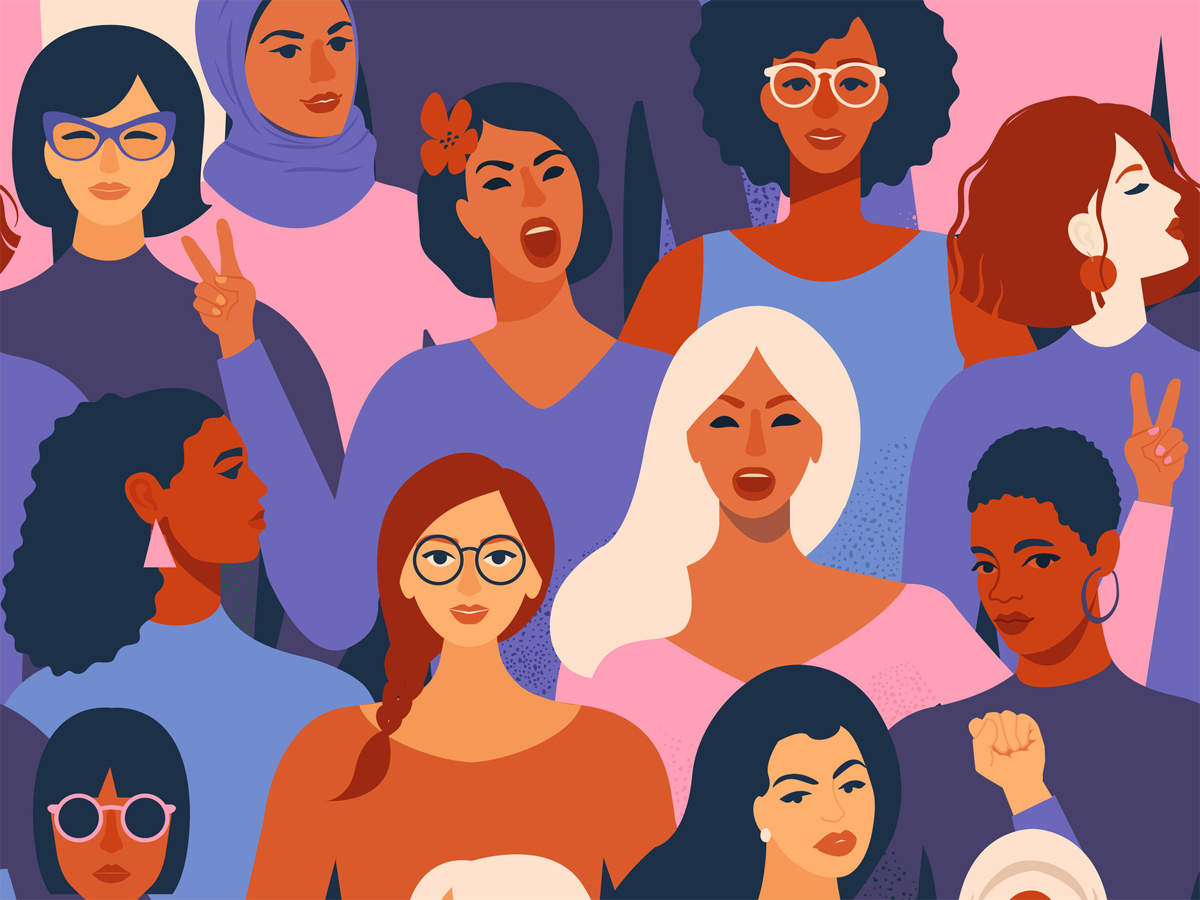


India currently boasts one of the world’s largest populations of adolescents and young individuals, with a staggering 65% of its residents under the age of 35. This demographic composition has ignited optimism that the youthful and working-age population will serve as a driving force for economic growth. But a newly released report has shed light on the distinct challenges faced by the elderly in India, which are closely tied to their demographic attributes, including gender, ethnicity, and age.
One of the important aspects of this report which is louder than ever, is about the elderly individuals residing in rural areas. Rural regions in India continue to remain geographically isolated, lacking proper road infrastructure and transportation accessibility. Consequently, income instability, limited access to sufficient and high-quality healthcare, and social isolation are more pronounced issues for the elderly population in rural areas compared to those living in urban environments.
The other disturbing revelation is, in less than four decades, prior to the year 2050, the elderly population in India is poised to surpass the population of children aged 0-14 years, and the demographic share of individuals aged 15-59 years is expected to decline. It clearly implies, what is presently a relatively youthful India, in few years, will undergo a significant transformation, and the country will become a rapidly aging society in the upcoming decades.
The gravest of all is the prevalence of widowhood and the extended life expectancy of older women. The reality of elderly widowed women, living in a state of solitude is even more challenging. It is time we look back and understand how things have evolved and will continue to evolve in coming decades. In 1970-75, Indian women’s life expectancy at the age of 60 exceeded that of men by 0.7 years, and this advantage nearly doubled to 1.2 years between 2010 and 2015. Projections indicate that this gender-based longevity gap is expected to further expand, reaching 2 years by 2045-2050.
Consequently, women’s extended lifespan compared to men results in a predominantly female older population, as they currently outlive men by an average of 4.8 years, making them the majority within the elderly demographic.
While women have made significant contributions to various aspects of Indian society, encompassing social, cultural, political, civil, and economic domains, their achievements and experiences often remain obscured and undervalued. This marginalization is perpetuated by gender-based disadvantages that accumulate throughout their lives.
This is not all! Elderly women, aged 60 and above, in India face disparities in terms of physical and functional health, education and work opportunities, and social aspects like living arrangements and widowhood. These disparities, combined with financial insecurity, significantly heighten their vulnerability.
Notable findings from various studies reveal that more number of elderly women have not received formal schooling, in contrast to elderly men. Around 9% of elderly women live alone, while 14% reside with their children and others. In comparison, elderly men living alone constitute 3%, while 13% cohabit with their children and others. Currently, only 8% of elderly women (aged 60 and above) receive a pension, whereas a significantly higher proportion of elderly men (23%) benefit from pension schemes.
Elderly women are more likely to be diagnosed with a range of health conditions, including hypertension, anaemia, bronchitis, depression, Alzheimer’s disease, dementia, bone/joint diseases, and cancer, further highlighting their unique healthcare needs.
The life expectancy of Indian women has witnessed a significant transformation, rising from a mere 40 years during the pre-independence era to the current average of 71 years. When examining the broader demographic landscape, several major trends emerge. For example, women not only outnumber men but also tend to outlive them, resulting in a substantial gender gap in the elderly population’s composition.
They also confront a triple challenge: the burden of aging, the complexities of gender bias, and the harsh realities of poverty. Regardless of culture, religion, socioeconomic class, or ethnicity, women often experience violence perpetrated against them, and this issue is particularly hidden when it comes to elderly women.
Patriarchal structures and unequal access to property rights further compound these issues. Unlike their male counterparts, older women often find themselves burdened with household responsibilities for extended periods, leaving them with minimal time for leisure or recreational activities. Elderly women who reside with their sons, daughters, and grandchildren often experience emotional estrangement.
This unfortunate situation can manifest in various forms of abuse, including the denial of essential necessities like food and medicine, emotional manipulation to gain control over property and benefits, threats, verbal abuse, and physical violence. Elderly widows, in particular, are vulnerable to such mistreatment.
Given the multiple disadvantages they encounter throughout their lives, elderly women are ill-prepared to cope with these challenges in their later years. Addressing these multifaceted challenges necessitates focused attention, as their numbers are expected to increase in the future.
This attention should encompass societal awareness, policy reforms, and support systems to ensure that elderly women can age with dignity and security.
Indeed, it is an undeniable reality that elderly women bear a dual burden, grappling with the challenges of both age and gender. Regrettably, a significant portion of the mistreatment they endure emanates from their own families and the broader society.
It is imperative to establish Non-Institutional Services where elderly women can gather, share their experiences, find solace in the company of their peers, and gather the strength to confront their challenges.
Moreover, there is a pressing need to instill a sense of responsibility among today’s youth when it comes to caring for and showing respect to their elders. Educating the younger generation about the importance of cherishing and supporting the elderly is essential to foster a more compassionate and inclusive society.
Dr. Benazir Patil is the Chief Executive Officer – SCHOOL